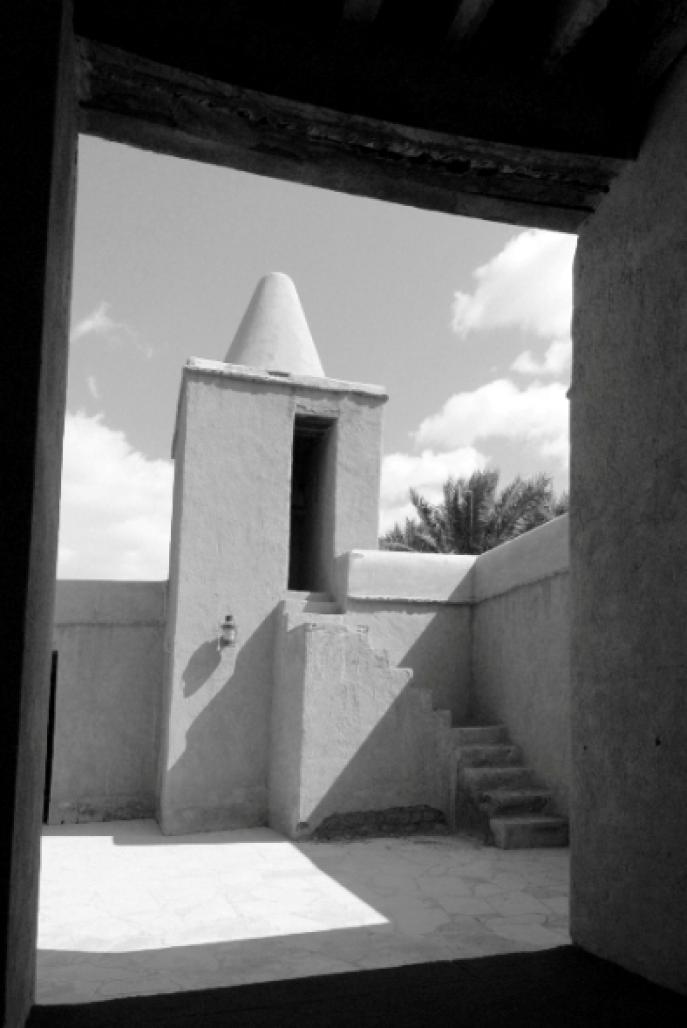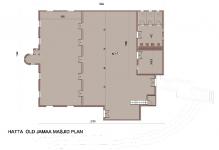Responding to its efforts to protect the heritage of Hatta village; Dubai Municipality (helped by the local community) carried out a restoration project to conserve Hatta’s traditional architecture and urban setup. The restoration of the mosque was one of its main prioritises. The project was successfully finished in 2001 and Hatta Mosque became one of the key historic religious sites in Dubai. The main ain of the resonation is to conserve its traditional character and ensure its authenticity through respecting the international standards of restoration using the traditional building materials and adopting local techniques. The main idea behind restoring Hatta Mosque is to respect the international ethics and standards of conservation using local building techniques and traditional materials. Minimum interventions were applied in the design proposal to allow for proper use of the buildings and to convert it into a museum. The project is notable because it has succeeded to protect a record of social history of the first half of the nineteenth century. This mosque serves as cultural center for spreading knowledge of Islamic principles and teachings. The restoration of Hatta mosque succeeded in maintaining and protecting one of the most unique examples of religious architecture in the emirate of Dubai. The project also has contributed to the professional practice of conservation of cultural heritage by encouraging the use of traditional materials and building techniques. The significance of the project also lies in its ability to raise public awareness for the value of historic buildings.
1995
Hatta is a small mountain village, 115 km east to Dubai. It is sited in-between two mountains and due to that it is called Alhajreen. The history of Hatta village dates back to few centuries, It represents an important period in the history of Dubai, when Bedouins settled in it, worked in agriculture and featured a junction between the architecture of mountains, plains and desert areas.
The architecture of the buildings is different of that in Dubai because of the availability of materials, topographic nature of the land, and the mood of living which was agriculturally oriented. The old village of Hatta consists of around twenty five houses, an elegant mosque and a fort. It is surrounded by a fertile land and natural spring water. The fort is dominating the village with its two watch towers located on strategic location that facilitates a view to the area around. The mosque is located at the entrance of village and dates back to more then 200 years. It is considered a true reflection of traditional architecture building types based on rectilinear simple plan and using local materials of mud and palm fronds. The defining architectural concept is its simplicity and high adaptability and response to local environmental constrains. The original layout is single story with rectilinear plan contained the primary elements of mosque; the prayer hall, mehrab, abolition place and open courts.
1- Architect: Jafar Tukan & Partners Completed
2- ECC group
3- Dubai Municipality team :
a. Arch. Rsahad Bukhash
b. Arch. Bader Al Ali
c. Arch. Tareq Adam
d. Arch. Mariam Omrani





